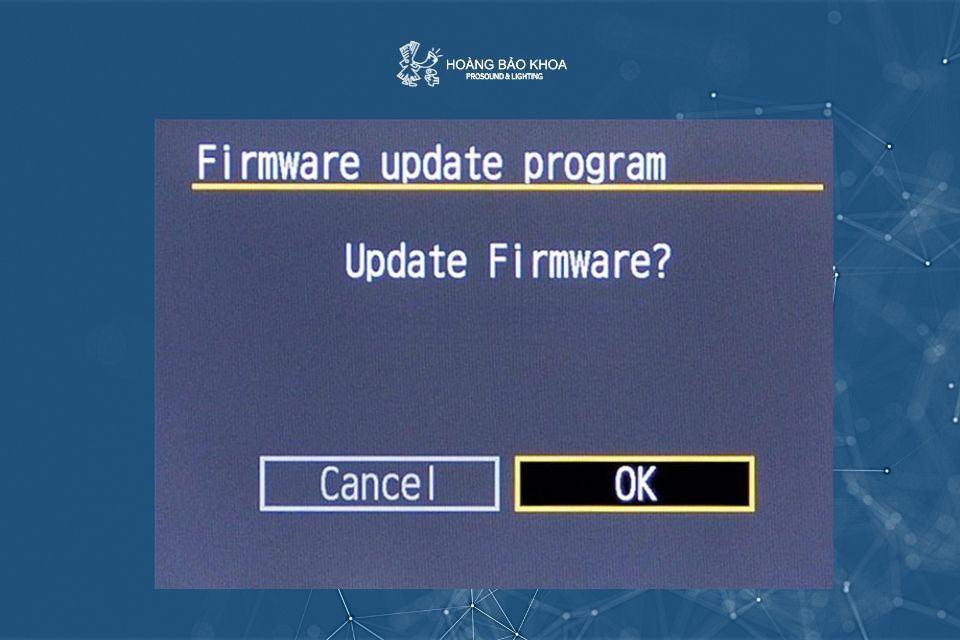This article provides a step-by-step guide to resolving Dante Clock Loss issues on Sennheiser devices. Learn about the common causes, how to check network configurations, upgrate firmware, and optimize your Dante setup to maintain stable clock synchronization across the entire network.
Check the Dante network clock master
If your Sennheiser Dante device is experiencing a clock loss, the issue is most likely related to network synchronization or configuration. First, open the Dante Controller software and check which device is set as the Preferred Master. If your device is not the master, make sure it is properly synchronized with a stable clock master.
Avoid setting multiple devices as “Preferred Master” simultaneously unless you have a clearly defined redundancy configuration.
Network stability
To maintain stable Dante clock synchronization, it is recommended to use a dedicated network or VLAN exclusively for Dante traffic, separate from general data traffic. All Dante-enabled devices should be connected through a gigabit switch with low latency and no packet loss.
Disable Energy Efficient Ethernet (EEE) on your switch, as this feature can interfere with Dante clock synchronization.
Firmware updates
Ensure that all Dante-enabled devices are running the latest firmware versions — many clock and synchronization issues have been resolved in recent firmware updates.

Multicast configuration
Dante uses multicast to distribute clock signals across the network. Therefore, ensure that multicast is enabled on your network and that IGMP Snooping is properly configured. If multicast traffic is blocked or misconfigured, clock synchronization may fail or become unstable.
Device priority
In networks with multiple Dante devices, designate the most stable device (for example, a mixer or a dedicated clock source) as the master clock. This helps maintain synchronization and minimizes the risk of clock loss across the system.
Cabling and physical layout
Use shielded Cat5e or Cat6 cables and check for any damage to connectors or cables. Avoid daisy-chaining devices across multiple levels — instead, use a star topology with a central switch for optimal stability.
Conclusion
If your Dante device reports a clock loss or synchronization issue, follow these STEPS in order: check the clock master, review network configuration, update firmware, verify multicast settings, assign device priority, and inspect cabling and topology. A properly configured Dante network will ensure reliable, uninterrupted audio performance without clock synchronization errors.